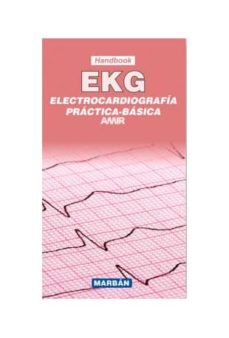


This construction indicates that there are multiple, equal paths to liability under the statute. In this case, there are three disjunctive "ors" and five semi-colons employed in the definition of misappropriation. They are a veritable declaration of independent clauses. Despite some problems with style, however, the court believes it cannot ignore the obvious intent of the use of both the disjunctive conjunction "or" and the use of a semi-colon. If the writer wishes to dispense with the conjunction, a semi-colon is inserted between the independent phrases. See W. If a writer uses a conjunction such as "or", only a comma need be inserted. The court notes that this is not a preferred method of writing disjunctively. 2007).Ī browse through cases using the term "semi-colon" reveals the following collection of interesting and sometimes discordant points:īill Call Ford, Inc.

Some states follow an eighth-grade grammar test for construing the legislative intent behind a penal provision. Although the issue rarely arises in published opinions, it offers an argument for use of a more strict or more lenient construction and a harder or simpler use of words and sentence construction in a factually-appropriate case. Similarly, what is ordinary for a native-speaking French or Chinese person will differ greatly from what is ordinary for someone educated in the United States in an English-speaking family. If one party or one juror only graduated from the sixth grade, however, what is ordinary for that individual may be markedly different from what is ordinary for a college-educated person. If the judge, parties, attorneys, witnesses and jurors all have approximately the same level of education, then it is reasonable to speak of ordinary rules of grammar. Many cases speak of construing a statute or contract according to the ordinary rules of grammar, simple grammar, usual grammar rules, and the like.


 0 kommentar(er)
0 kommentar(er)
